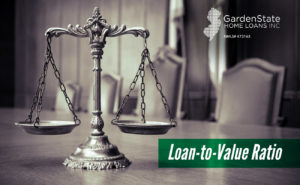The Loan-to-Value Ratio
The loan-to-value (LTV) ratio is a lending risk assessment that lenders use to examine before approving a mortgage. Assessments with higher LTV ratios are generally seen as a higher risk. If the mortgage is approved, the borrower’s loan generally costs more. A loan with a higher LTV may also require the borrower to purchase mortgage insurance to offset any risk to the lender.
What exactly is the LTV ratio?
The loan-to-value ratio is the amount of the mortgage lien divided by the appraised value of the property. It is expressed as a percentage. The LTV ratio is a critical component of mortgage underwriting. The ratio is a great way for lenders to determine the level of risk they will be taking on when underwriting a mortgage.
If borrowers request a loan close to the appraised value, this may raise some red flags for lenders. This tells lenders that there is more of a risk of default since there is not equity built up. In the case of foreclosure, the lender may not be able to sell the home for enough money to make up for the remaining mortgage balance and come out with a profit.
What does it mean to have a high LTV ratio?
Even though the LTV ratio is not the only determining factor for securing a mortgage, loan, or line of credit, it plays a large role in the amount of borrowing costs that a homeowner will incur. Homeowners who have a LTV ratio of 80% or below will obtain the lowest possible interest rate. However, higher LTV ratios do not mean that a borrower will not be approved for a mortgage. Most likely, a lender will increase the total cost of the loan if the LTV ratio is higher.
If you have a higher LTV ratio, lenders may require you to purchase mortgage insurance. This will raise your monthly mortgage payment.



Comments are closed.